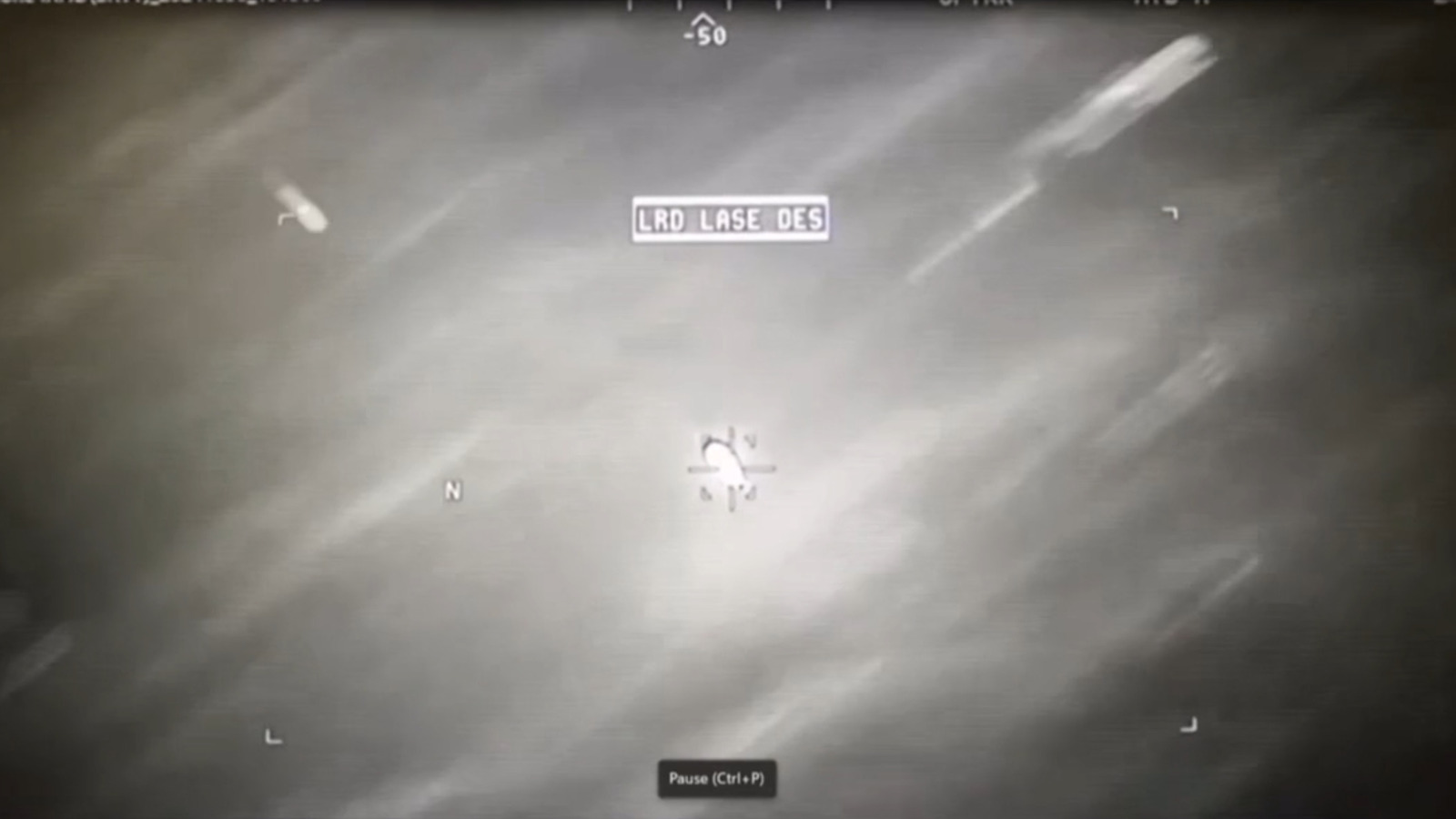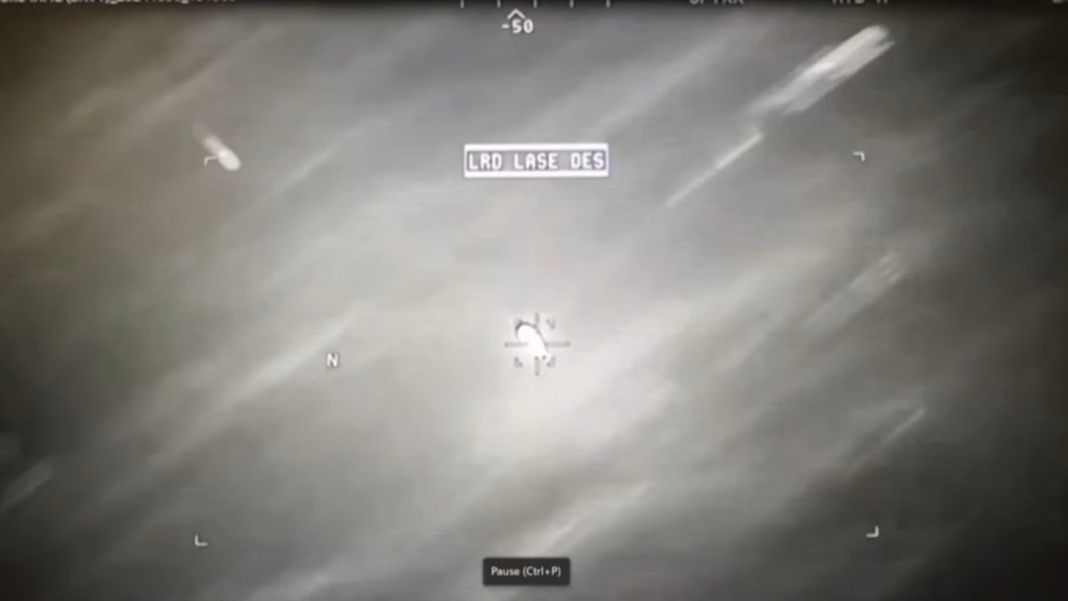Why Are We Suddenly Firing Missiles at UFOs?
If you’ve been following the news lately, you might’ve noticed a flurry of headlines about unidentified flying objects (UFOs) and, more surprisingly, the military shooting them down. It’s the kind of story that sounds ripped from a sci-fi blockbuster, but it’s happening in real life. So what’s really going on here, and what would make an object’s behavior seem suspicious—or not—when it’s floating through our skies?
What Makes an Object’s Behavior Suspicious to the Military?
Let’s cut to the chase: not every blip on the radar gets a missile. The military is trained to look for certain red flags. For instance, if an object is flying at an unusual altitude, ignoring standard flight paths, or not responding to radio calls, that’s going to raise eyebrows. The North American Aerospace Defense Command (NORAD) has protocols for identifying and tracking objects, but when something doesn’t fit the usual patterns—say, it’s hovering, changing direction erratically, or entering restricted airspace—it jumps to the top of the watchlist.
But here’s the thing: a lot of objects in the sky are totally harmless. Weather balloons, hobbyist drones, even stray research equipment. If one of these objects was simply drifting with the wind, following a predictable path, and not making any sudden moves toward sensitive locations, it probably wouldn’t set off alarm bells. In other words, the least suspicious action for an object is to do… nothing out of the ordinary. Just float along, minding its own business.
How Do Experts Decide When to Intervene?
It’s not as simple as “see something, shoot something.” The decision to intercept or engage is based on a mix of radar data, visual confirmation, and risk assessment. According to a 2023 report from the Congressional Research Service, the U.S. military considers factors like the object’s speed, altitude, and proximity to critical infrastructure before taking action. If an object is unresponsive and heading toward a military base or a major city, the stakes go up.
There’s also a human element. Pilots and radar operators are trained to distinguish between benign and potentially hostile objects. They rely on years of experience, not just algorithms. Sometimes, what looks suspicious at first turns out to be a weather balloon that lost its way. Other times, it’s something more concerning. The key is context: what’s normal in one part of the sky might be suspicious in another.
Could These Objects Be Harmless? Real-World Examples
Let’s talk about the infamous “Chinese spy balloon” incident from early 2023. The object was tracked as it crossed the continental U.S., and its unusual flight path—along with its size and altitude—prompted a response. But in the same month, several other objects were shot down that turned out to be likely research or hobbyist balloons. In those cases, the objects weren’t broadcasting identification signals, which is standard for commercial or research flights. That lack of transparency made them seem more suspicious than they probably were.
On the flip side, NORAD tracks thousands of objects every year that never get a second glance. Why? Because they’re behaving exactly as expected: following known routes, responding to communication, and not getting too close to anything sensitive. The lesson here is that context and communication matter just as much as the object itself.
What Wouldn’t Be Suspicious? The Least Alarming Actions
So, what could an object do to avoid raising suspicion? The answer is surprisingly mundane. If it’s a balloon, it should drift with prevailing winds, maintain a steady altitude, and avoid restricted zones. If it’s a drone, it should stick to approved flight corridors and respond to radio calls. Basically, anything that looks like business as usual.
Transparency is also a big deal. If the object is transmitting identification signals or its operators are in contact with air traffic control, it’s much less likely to be seen as a threat. The more predictable and communicative the object, the less likely it is to end up on the wrong end of a missile.
What’s the Bigger Picture Here?
The recent uptick in shootdowns isn’t just about UFOs or spy balloons. It’s a reflection of heightened vigilance and improved radar technology. After the high-profile incidents, NORAD adjusted its filters to catch smaller, slower-moving objects—things that might’ve slipped by before. That means more objects are being noticed, and sometimes, caution wins out over certainty.
The big takeaway? Navigating our crowded skies isn’t about perfection—it’s about smarter adjustments. Start with one change this week, and you’ll likely spot the difference by month’s end. Whether you’re a pilot, a hobbyist, or just a curious observer, understanding what makes an object seem suspicious—or not—can help everyone stay a little safer.


